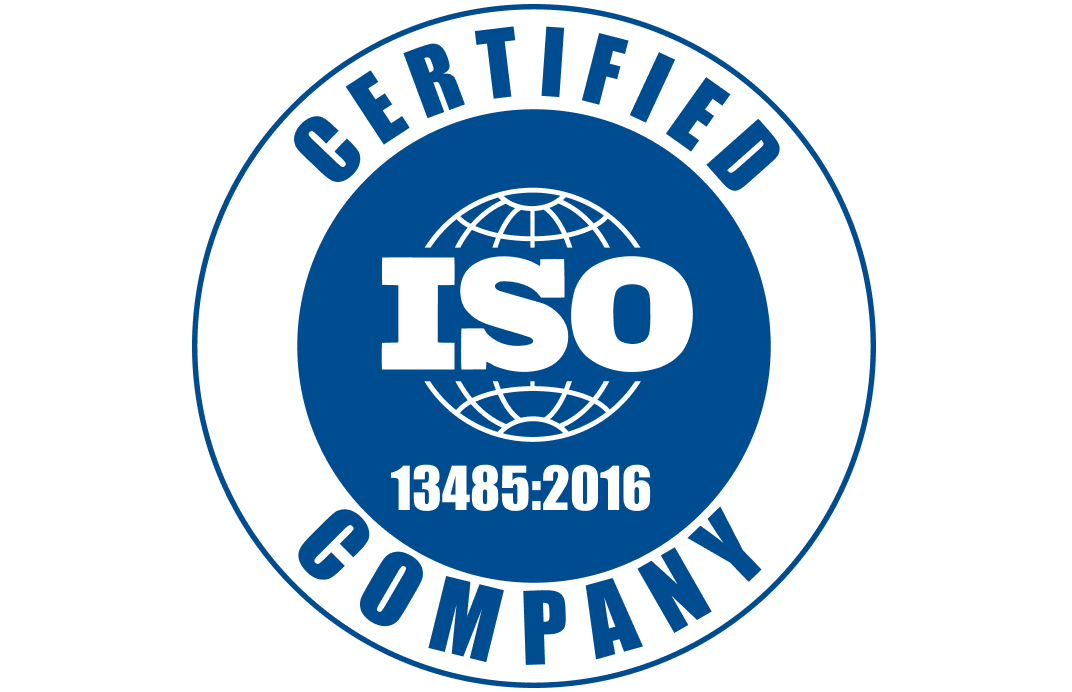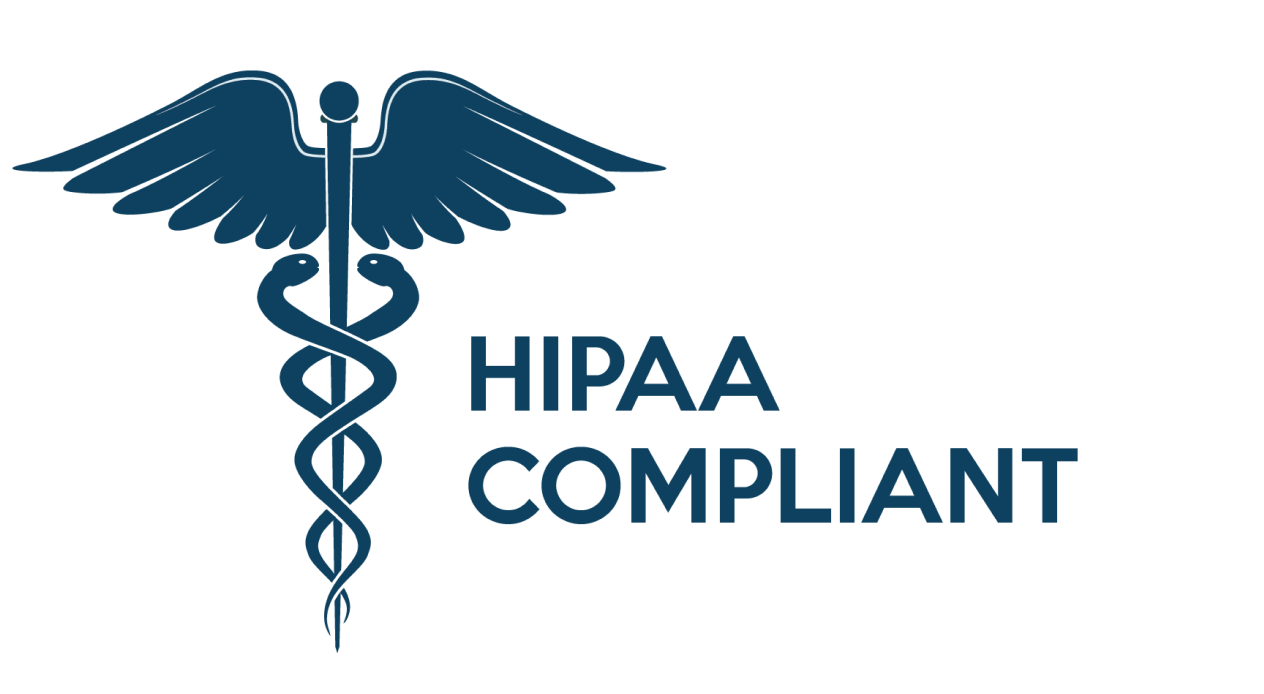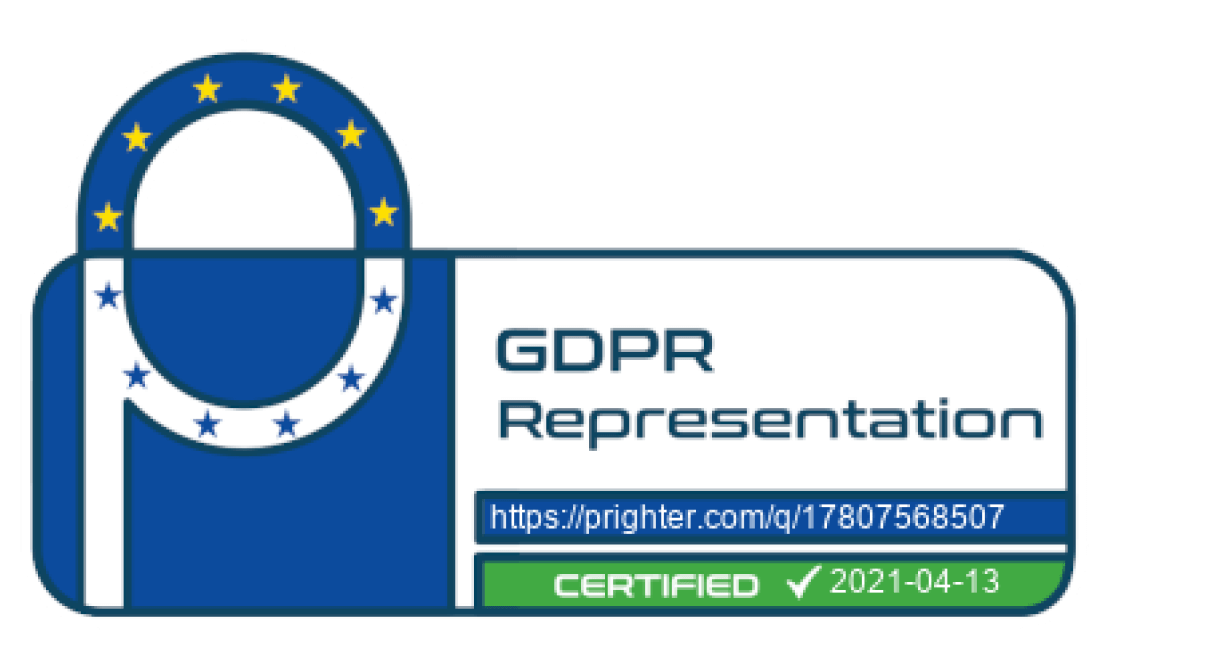The Year of the Nurse and Midwives
Looking back at 2020, It’s hard to think of a more fitting time to be celebrating the Year of the Nurse and Midwife than right now. The Coronavirus has highlighted the crucial role that all key healthcare workers play in protecting their communities, and nurses make up the largest portion of the healthcare system, with more than 3.8 million registered nurses in the US alone.
Now, 200 years after the birth of Florence Nightingale, the World Health Organization is calling on all of us to think about how we can create stronger systems to support our nurses and to celebrate and enhance the incredible work that they are doing on a daily basis.
Taking the Load Off Our Nursing Staff
One problem that’s ubiquitous around the globe is the shortage of nursing staff. The American Nursing Association claims that there will be more nursing jobs available than any other profession by the year 2022, more than 100,000 each year. This is in part due to the aging nursing population, many of whom are set to retire.
The nursing shortage is of great concern to the whole healthcare industry, with the biggest worry being a decrease in the standard of care as nurses are pushed harder than ever. While employment opportunities are set to grow 15% faster than other occupations, the US Bureau of Labor projects that an additional 11 million nurses are needed to make up the shortfall.
Attracting more nursing staff is a huge part of meeting this challenge, but what about the flip side? How can we manage the work that our nursing staff are being given, to lessen the load and free up their precious time?
To answer this question, we need to understand what our nurses are spending their time doing. Research shows that nurses are spending anywhere from 10% to 35% of their practice time on documentation, taking vital signs, and monitoring information such as oxygen saturation levels, heart rate, and more. With so much effort and time needed to effectively manage this essential part of the job, it’s not surprising that when the pressure is on, it can be neglected. This study in particular shows how during a 12 hour shift, nurses do not always have the time available to them to measure patient vitals in the way that they should.
An additional problem is that the taking of these vital signs is not consistent. There is a strong deviation between the time taken by nurses in different environments, with different levels of training, or in varying medical facilities, or even just from person to person.
Imagine how transformative it could be to the nursing profession, if we could find a way to minimize and make consistent the amount of time spent on vital signs monitoring?
This is exactly what we’ve achieved with Binah.ai’s revolutionary remote vital signs monitoring application. From any camera-equipped device such as a smartphone or tablet camera, patients’ vital signs can be extracted, ranging from heart rate and oxygen saturation to respiration rate and even stress levels – completely non-invasively and in a contactless manner – just by looking at the device’s camera.
Use Cases for Remote Vital Signs Monitoring for Nursing Teams
So hey, after the Year of the Nurse – when better to start? Here’s how we can champion our nurses using this technology.
In the ER – As wait times for major hospital emergency rooms continue to grow, many patients find themselves leaving the hospital against medical advice. The graph below doesn’t even include those that left before they ever saw a first medical professional.
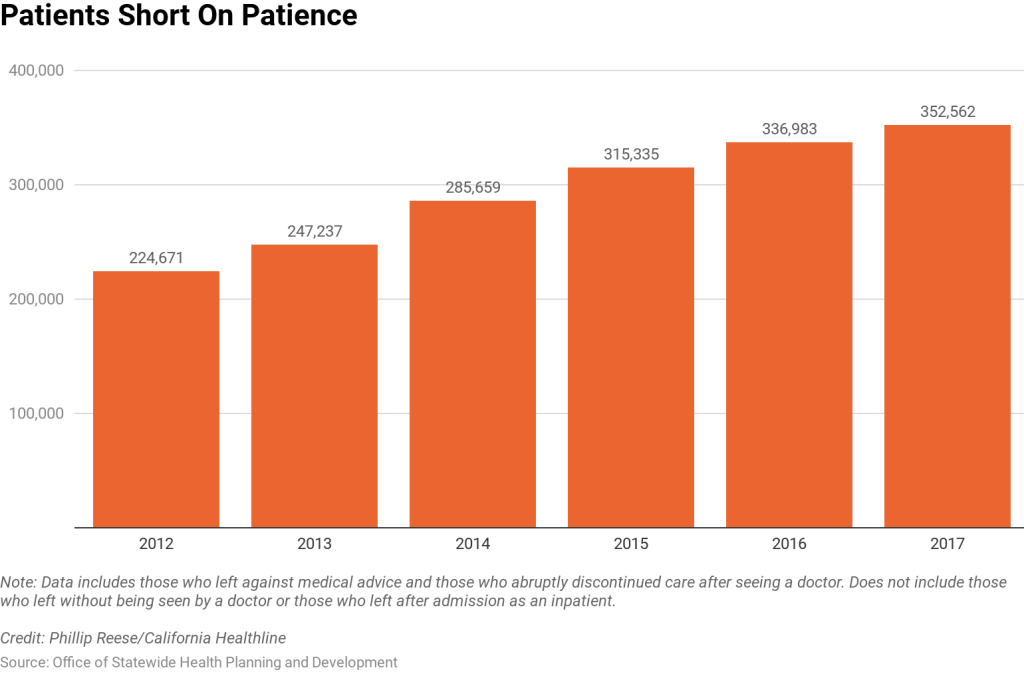
Alongside this reality, medical personnel struggles to adequately ascertain who needs to be there, and who needs to be seen ahead of their place on the waiting list. Giving patients the ability to monitor and share their vital signs can allow ER nurses more insight into the medical status of waiting room attendees, using technology to triage patients as per the severity of their illness.
In hospital wards – It’s no exaggeration to say that saving valuable time in the ward can be the difference between life and death. Hospitals should be able to upskill nurses to more empathetic or complex tasks, while technology, equipment and automation can take vital signs at regular intervals, with notifications alerting them to late readings. This frees up nurses to do more valuable parts of their role. Not to mention the decrease in HAI (Hospital Acquired Infections) that could be achieved with a vital signs monitoring tool that is completely contactless, rather than carrying and using the blood pressure cuffs from ward to ward.
At clinics – Nursing staff have some of the most wide-reaching roles in a doctor’s clinic, from providing vaccinations and screenings, to giving advice on important healthcare decisions. Free up nursing staff to ask more questions and provide additional support by allowing vital signs to be completed faster, more accurately, and even from home, before an appointment. Think about use cases in maternity clinics, where midwives have access to all the vital signs they need ahead of time, or to calm an expectant mother’s fears when she is feeling anxious from home.
Nursing homes – Registered nurses usually hold the highest roles, being responsible for all the rest of the staff, as well as the health and safety of all the residents. This is especially important in situations where the residents cannot speak up for themselves due to declining health or age. A contactless tool that can be used to monitor and track health trends over time is a valuable addition for nursing staff in this kind of situation, not only saving time but also improving the quality of care and insight they can achieve, being able to better predict deteriorations in patients health and apply preventive treatments in time, which is so critical at this age.
From home – Millions of chronically ill or elderly people need to commute to medical facilities, sometimes several times a week, to have a nurse check their vital signs. What if they could do this from the comfort of their own home? No need to commute, overload medical premises or catch a cold from someone in line. No need to learn how to manage wearables or wear any sensors. Just look into the camera of a smartphone, tablet or laptop… it’s easier than a video selfie!
The Call of the Hour
This technology is not merely a ‘nice to have’, it’s an imperative for anyone who is looking to better the medical profession, and take the pressure off of our key workers. According to Dr Samira Asma, Assistant Director-General for the Division of Data, Analytics and Delivery for Impact at WHO, “Robust health data are critical to address inequalities, prioritize policies and allocate resources to prevent disability and save lives … We call upon governments and stakeholders to urgently invest in data and health information systems to support timely and effective decision-making.”
Recently released research findings completed by WHO over the last two decades show that we could prevent worldwide deaths if we put a stronger focus on preventing and treating diseases such as cardiovascular illnesses, cancer, diabetes, and respiratory diseases, globally.
Strong primary health care is essential to manage this effectively, and this needs to be done via tools that allow for holistic and equitable care, no matter where patients reside, or their age, gender, or ethnicity. With technology in place that can reach everyone, and that can extract vital signs accurately and remotely, health authorities will gain access to data that is reliable, timely and actionable, allowing them to make faster and more timely decisions that directly impact patient lives.
Three Cheers for Nurses and Midwives!

Banksy’s painting for the Southampton General Hospital called Game Changer (2020). Photograph: @banksy/Instagram/PA
There is no doubt that our nursing staff are heroes, and their amazing work deserves an upgrade with modern, advanced technologies. Creating a smart system to take the role of vital signs monitoring in multiple situations will add consistency and accuracy to the profession, provide valuable data and remove a lot of the repetitive administration that stands in the way of nurses and their vocation. On top of that, empowering patients to provide nurses with this information ahead of time via any device with a camera, such as a simple smartphone, could be a real game-changer for the industry, expanding the ability of nurses to monitor even remote locations.
Let’s talk about a solution for your nurses! Get in touch here.
 close
close



